Mulch is certainly not a new topic. Gardening experts have advocated applying mulch to garden beds for years. During the hottest and coldest months, I spend a great deal of time bringing mulch into the garden for pathways as well as for the beds themselves. With the sandy soils of the coastal barrier islands and rainfall that cannot be relied on to occur at the right time or in the right amounts, mulch is a must for successful gardening. The benefits from mulch include:
• Reduced water evaporation from soil surface
• Insulation of soil from rapid temperature change
• Warmer soil temperatures in winter and cooler soil temperatures in the summer
• Weed reduction
• Reduced soil runoff
• Neat attractive appearance to the garden
Two common types of mulch are available for the garden. Organic mulch has natural look. As it decomposes over time, it improves the condition of the soil. Soil particles form aggregates in combination with the organic matter that increase pore space for oxygen. Organic matter helps the soil absorb and retain water and nutrients, reduces soil compaction that decreases pore space and adds nutrients to the soil. With increased fertility, earthworm activity increases which is also beneficial. Examples of organic mulch include shredded bark, bark chunks, pine needles (pine straw), decomposed lawn clippings, chopped leaves, wheat straw, composted manure, hay, shredded newspaper and cocoa bean hulls. My personal preference has always been to use pine straw or cypress mulch. One good thing about the number of felled trees after Hurricane Matthew last year was the mulch I was able to obtain from the tree removal companies (who all had equipment with sharp new blades). Truckloads filled with well-chipped trunks and branches of cedar, pine and water oak have been well-utilized, both at work and at home.
There is a disadvantage to the use of organic mulch. It will decompose quickly and requires replacement at least once a year. In our garden, we apply pine straw in the spring after the oak leaves have dropped and if needed, again in the fall. Organic mulch can attract termites, mice and snakes. It can float away in water or blow away in strong winds. Initially, as soil microbes begin the decomposition process, a shortage of soil nitrogen may occur, as they will rob the soil of it before plant roots do.
One can also go the route of inorganic mulch. The use of crushed stone, pea gravel and rocks of various shape and size is very popular in many landscapes where heat is high and water is a very precious commodity. I’ve seen some gorgeous landscapes that use rock material to add artistic interest to the garden. A drawback is that rock material moves. It can spill into surrounding areas, work its way below the soil surface, and perhaps encounter and be thrown by the blades of a lawn mower. Keep in mind that the color effects the environment. White stone will reflect a great deal of heat; dark stone absorbs heat. Lime rock will increase the soil pH. Landscape fabrics or geotextiles are often used for their porosity that allows water, air and fertilizer to move through the fabric. They can last up to 5 years. However, they are not aesthetically pleasing by themselves and require another mulch on top. Rubber mulch from recycled tires comes in a variety of colors, is long lasting and allows free movement of water and fertilizer to roots. Insects do not feed on it. There have been a few studies that have shown the release of some small quantities of toxic elements that can adversely affect fish, algae and zooplankton and so some gardeners refuse to use it. Rubber mulch is also highly flammable. However, all that being said, it is a favored mulch product for playground areas. Black plastic is another inorganic mulch. It is ugly, allows no drainage, restricts air and water movement in the soil and increases the soil temperature to extreme levels in sunlight. Do I use it? Yes, at work, in a one-acre garden that has planting areas that are fallow for a growing season.
When to apply mulch is not as important as the application itself. Too much or too little negate the benefits. I try to lay mulch to a depth of just 3-4 inches. When it is time for new application of organic mulch, remove the old to the compost pile. Repeated applications of mulch on top of existing mulch decrease the oxygen supply to the roots. Beneficial microbes will not have enough oxygen to break the mulch down and harmful soil microbes will begin to produce substances damaging to plant roots. Piling mulch against tree trunks encourages voles and harmful insects to damage the trunk and excess moisture can cause rot. Also plants will move their roots into deep mulch and out of the soil, making plants more susceptible to drought, wind and stress. Mulch applied correctly is the goal. Both you and your plants will be happy with the results.

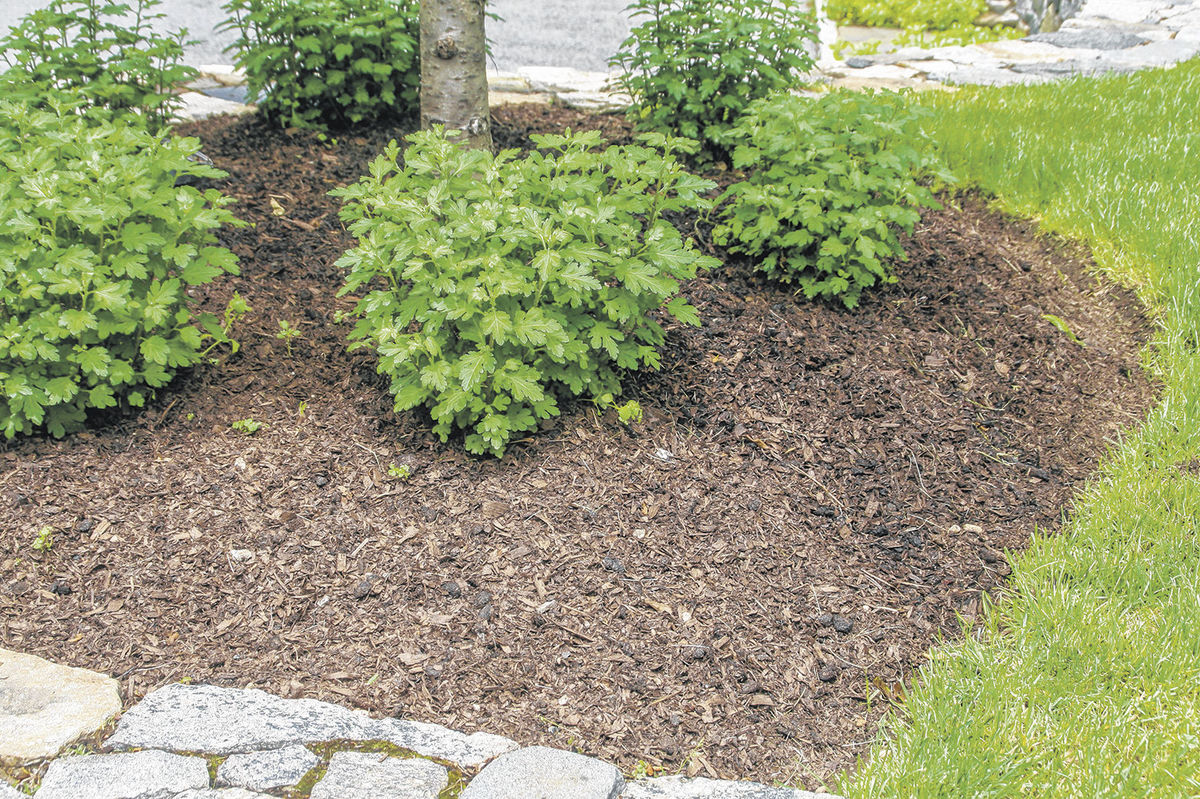
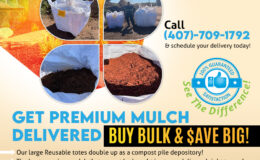
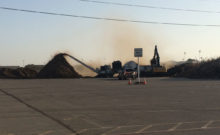
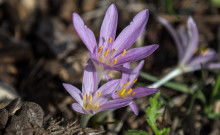
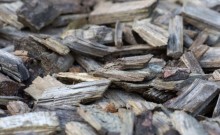
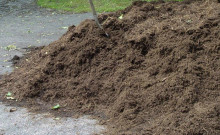
Leave a Comment
You must be logged in to post a comment.